What Does Your Ideal Learning Environment Look Like?
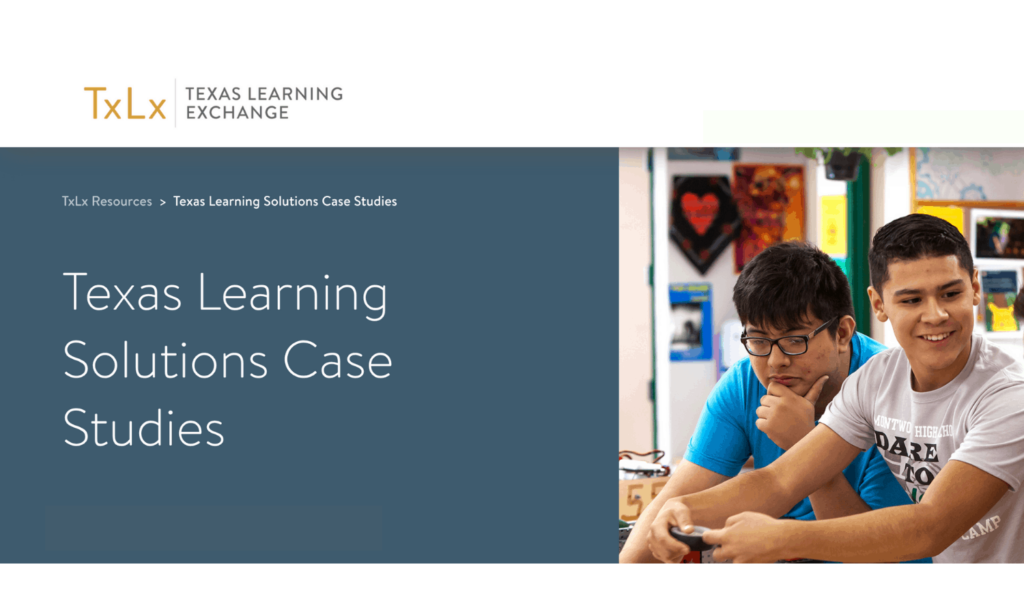
Leadership requires two things: a vision of the world that does not yet exist and the ability to communicate it. —Simon Sinek
I asked a district leader what his ideal learning environment looked like, and he responded, “It’s hard to put my finger on it, but I know it when I see it.” This response is common but also problematic. Think about it for a minute: If you can’t articulate what desired teaching and learning looks like, how can teachers be expected to meet the expectations?
Leaders commonly use strategic plans or vision statements that describe the desire to develop life-long learners, global citizens, critical thinkers, and the like, yet a misalignment often occurs between the vision, policies, and practices. The tension between what we say we want our students to know and be able to do and what we prioritize and assess often tell a different story.
The Texas Learning Exchange seeks to support district leaders to design a learning solution that aligns with their vision. The Texas Learning Solutions Case Studies feature world-class learning systems in Texas that can be adapted and scaled by other districts statewide. The case studies feature details on each learning solution, which we are defining as intentional, explicit, and coherent plans that include vision, success metrics, resources, and learning model alignment connected to impact student outcomes.
Each solution highlights the following:
- At a Glance
- Shared Vision and Mission
- Theory of Action
- Desired Outcomes
- Learning Model
- Staffing Model
- Flexible Learning Models
- Curricular Resources
- Technology
- Professional Learning
- Partnerships and Funding
- Impact
To empower educators to develop the type of learners and people that vision statements espouse, administrators, teachers, families, and the greater community must work together to develop a shared understanding of the desired outcomes for and align the vision, policies, and practices. Our hope is that these case studies can help as you engage in more conversations with your communities.
The following protocol can be used to structure a conversation and seek to better understand what’s working, what’s challenging, and what’s possible. You can leverage these resources and protocol to inspire conversations in a variety of contexts such as a district leadership meeting, staff meetings, or you can convene a cross-functional group to include administrators, teachers, support staff, families, and community members.
Step 1: Celebrations: Share what makes you proud of your school/ district. It can be helpful to capture these ideas in a digital document or on a chart to ensure equity of voice and to capture the many things that are worthy of celebration.
Step 2: If you have a learner profile, remind the group of your goals as you dive into these case studies. If you do not have one that is widely used or known, have the group share the most critical skills, knowledge, and mindsets you hope to develop in learners.
Step 3: Visit the Texas Learning Solution Case Studies for comprehensive models. For national examples of school/program level innovation dimensions to consider, visit our New Learning Models Library. These case studies are meant to inspire district leadership teams in design and implementation as you begin planning for the upcoming school years.
- Option 1: Pick 1 or 2 that you would like everyone to read
- Option 2: Allow each group member to pick a different case study to read
Step 4: Invite your team to make notes about the 4 As as they read each case study:
- What do you Agree with?
- What do you Aspire to?
- What is misAligned with your work?
- What would you Argue with?
Step 5: Share out in small groups. Ask a team member from each group to capture ideas on a shared document.
Step 6: Highlight big ideas from each group.
Step 7: In small groups, answer questions and identify priorities based on the following questions:
- What are the desired knowledge, skills, and mindsets?
- How might we leverage bright spots or test our ideas out before scaling?
- How might we measure success?
- How might we define and share the desired learning model?
- How might we allocate staff to support our learning model?
- What curricular resources are necessary to support our model?
- What is the role of technology? What tools do we need to leverage?
- How might we create learning experiences that support educators? professional learning
- What partnerships might we consider to support our work?
- How can we all work together to achieve our desired outcomes?
After going through this protocol you can use the input to identify next steps based on the conversation and what surfaced. You might consider reaching out to one of the case study communities to learn more or read additional case studies and go through this protocol with additional groups. The key is to keep learning and to improve strategic clarity. There aren’t necessarily any right answers to these questions as they will differ based on context, but we can’t assume the answers are the same as they have always been. What it seems that we are lacking in education is what renowned educators and authors Michael Fullan and Joann Quinn define as coherence or the “[s]hared depth of understanding about the purpose and nature of the work.” When systems struggle to meet desired goals, it is often a result of a misalignment between the vision, assessment, and practices.
Empowering and inspiring those you serve to achieve great success requires leading with a unified vision, confidence, and sense of purpose. To better align schools with the world in which we live, it is critical to engage in conversations among diverse stakeholders to develop a shared vision and then work together to make it happen.
For more, see:
Stay in-the-know with innovations in learning by signing up for the weekly Smart Update. This post includes mentions of a Getting Smart partner. For a full list of partners, affiliate organizations and all other disclosures, please see our Partner page.




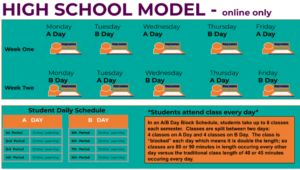
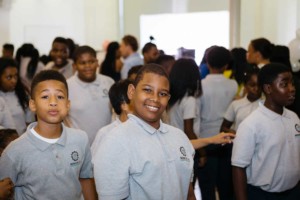
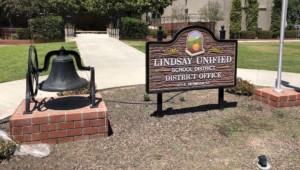
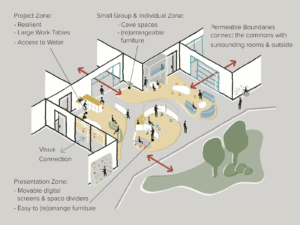
0 Comments
Leave a Comment
Your email address will not be published. All fields are required.